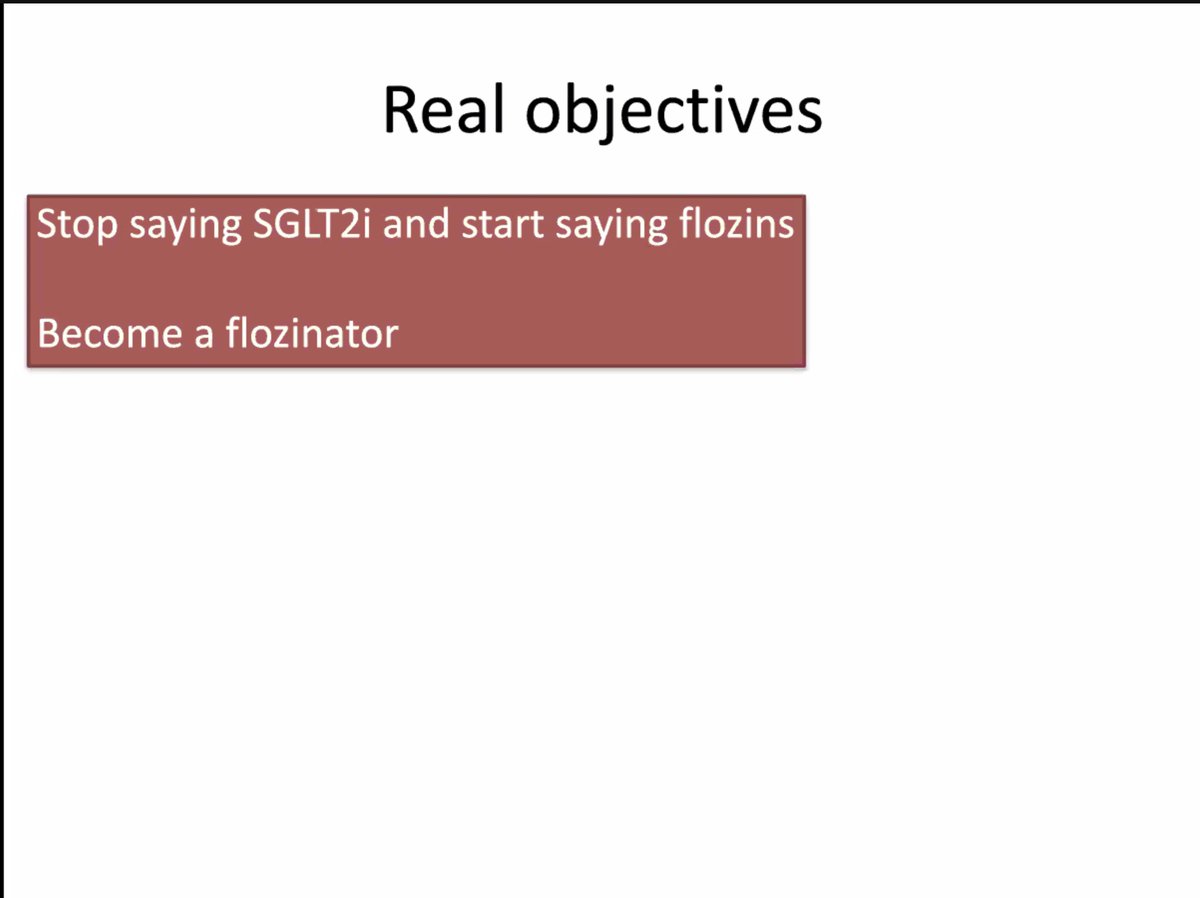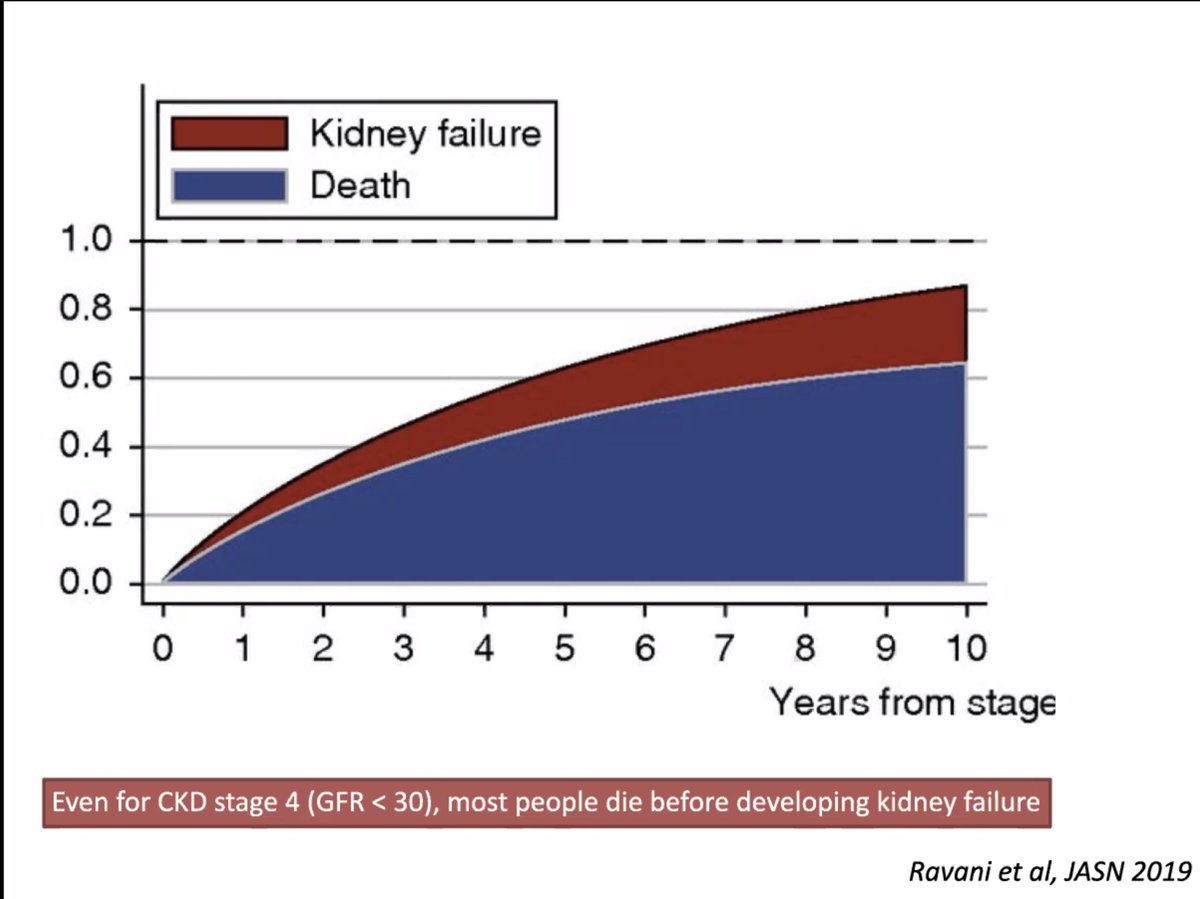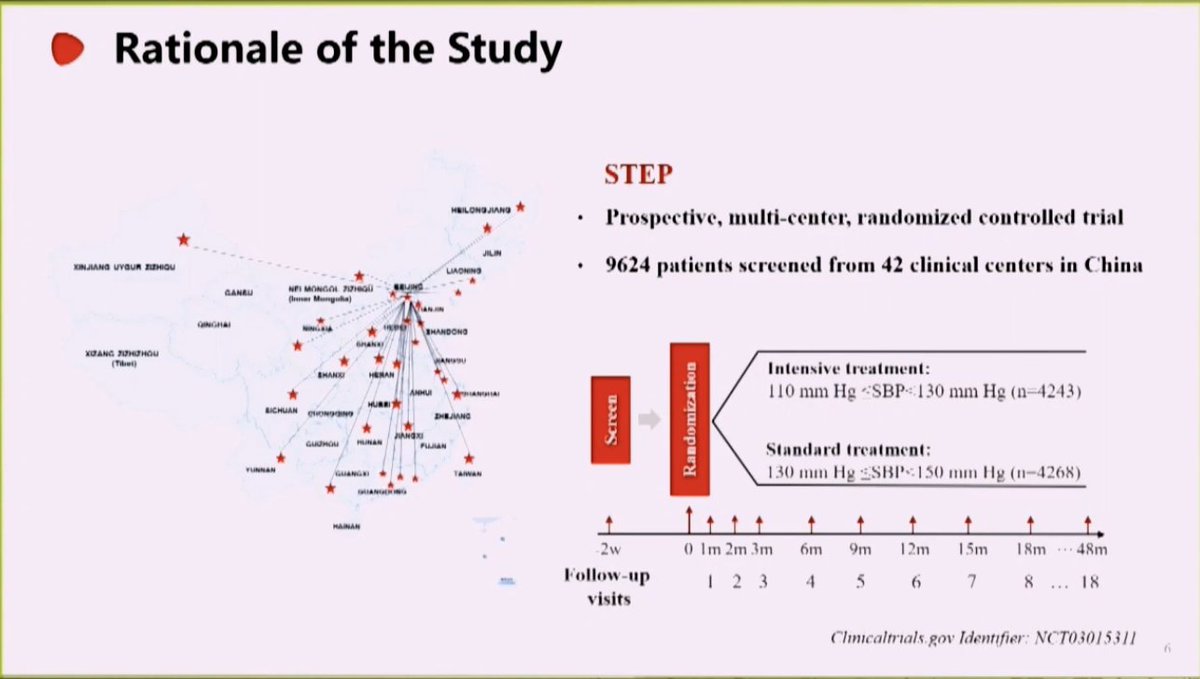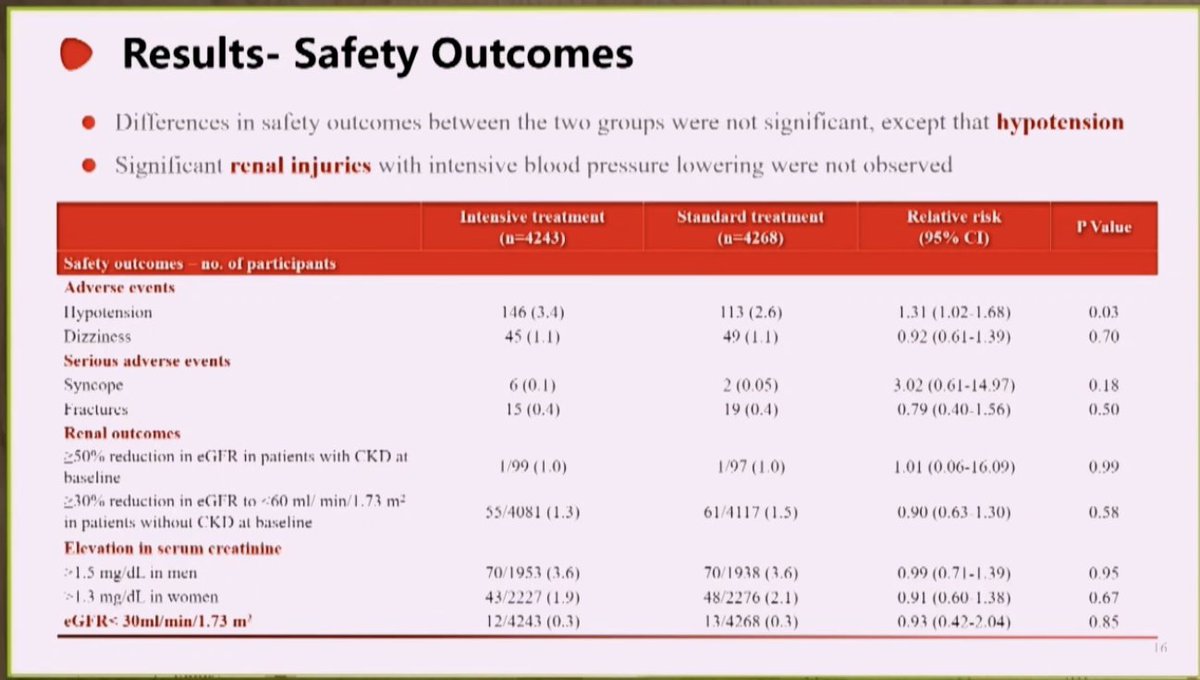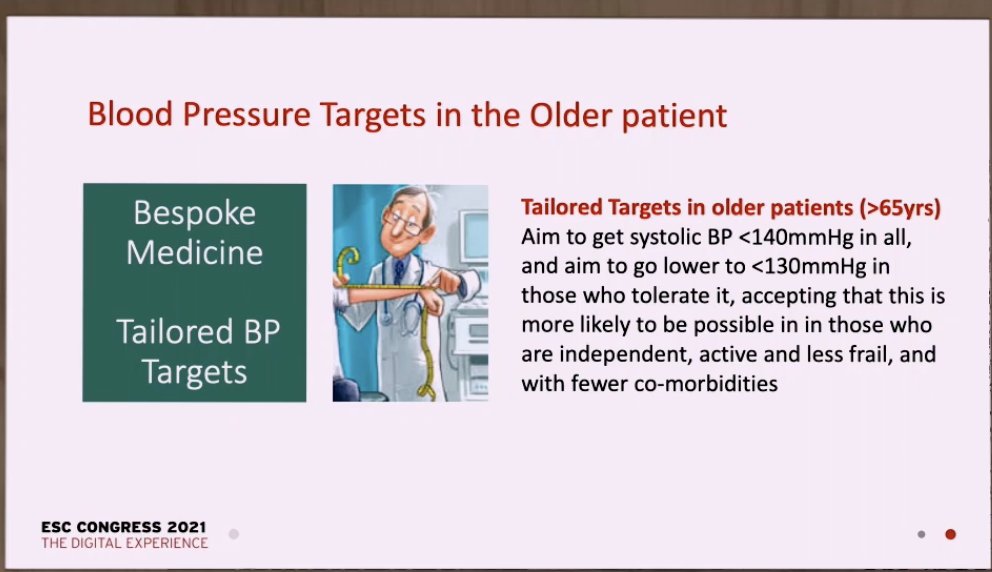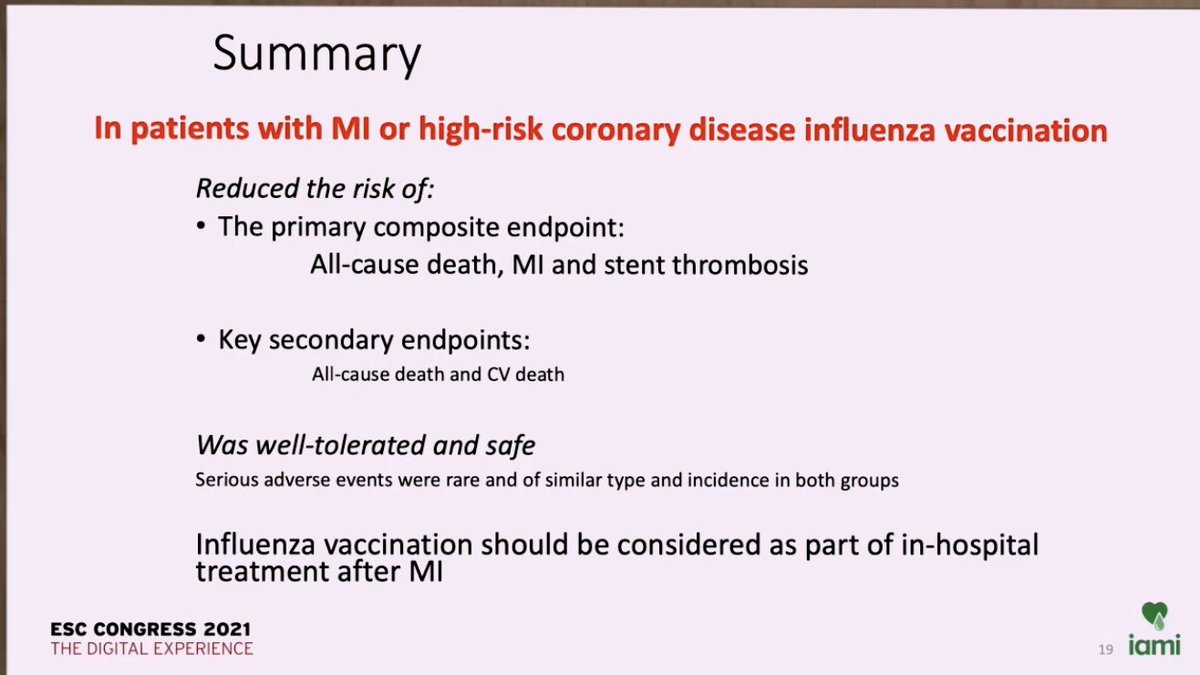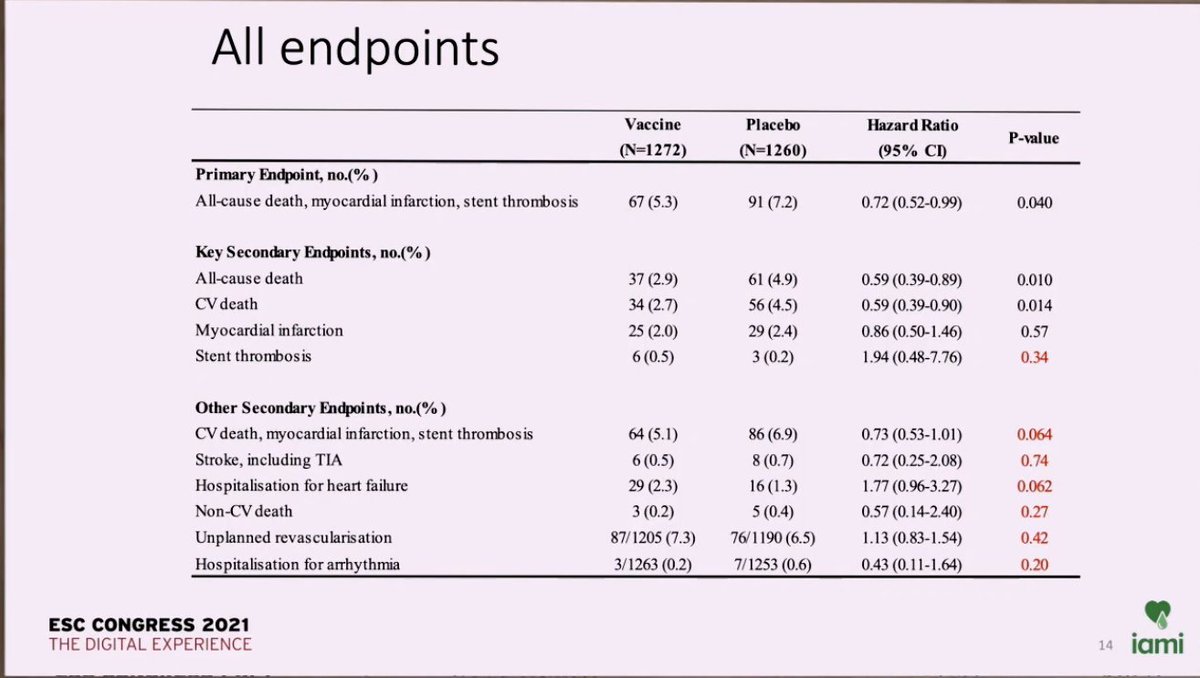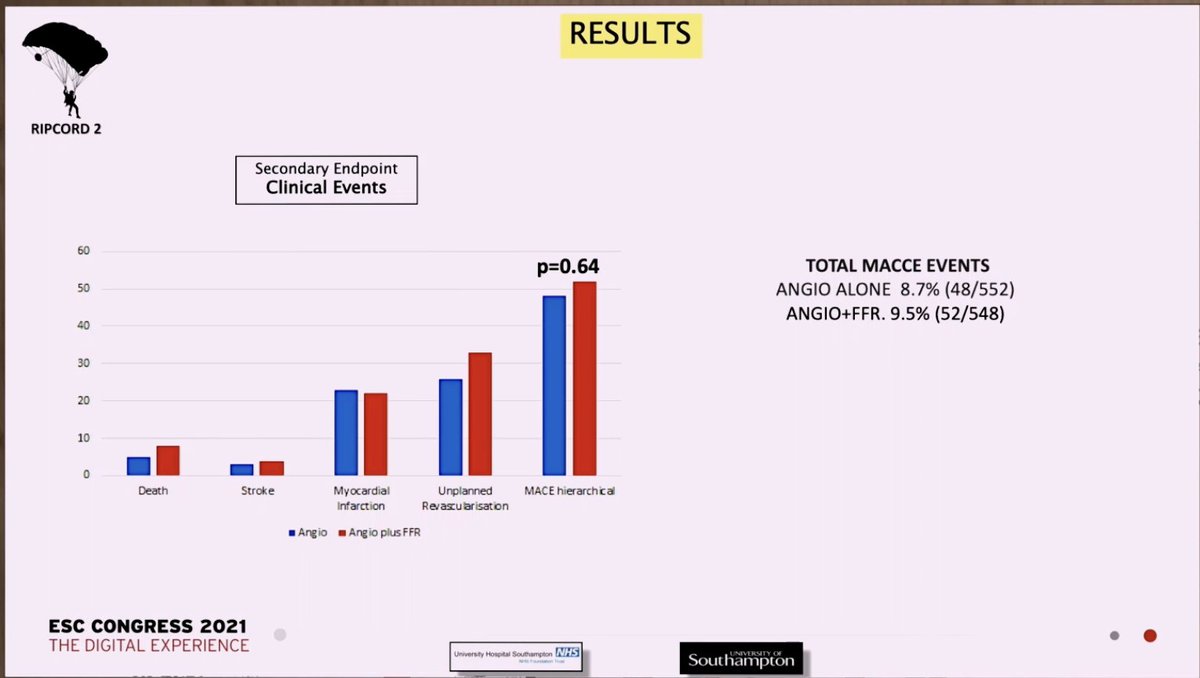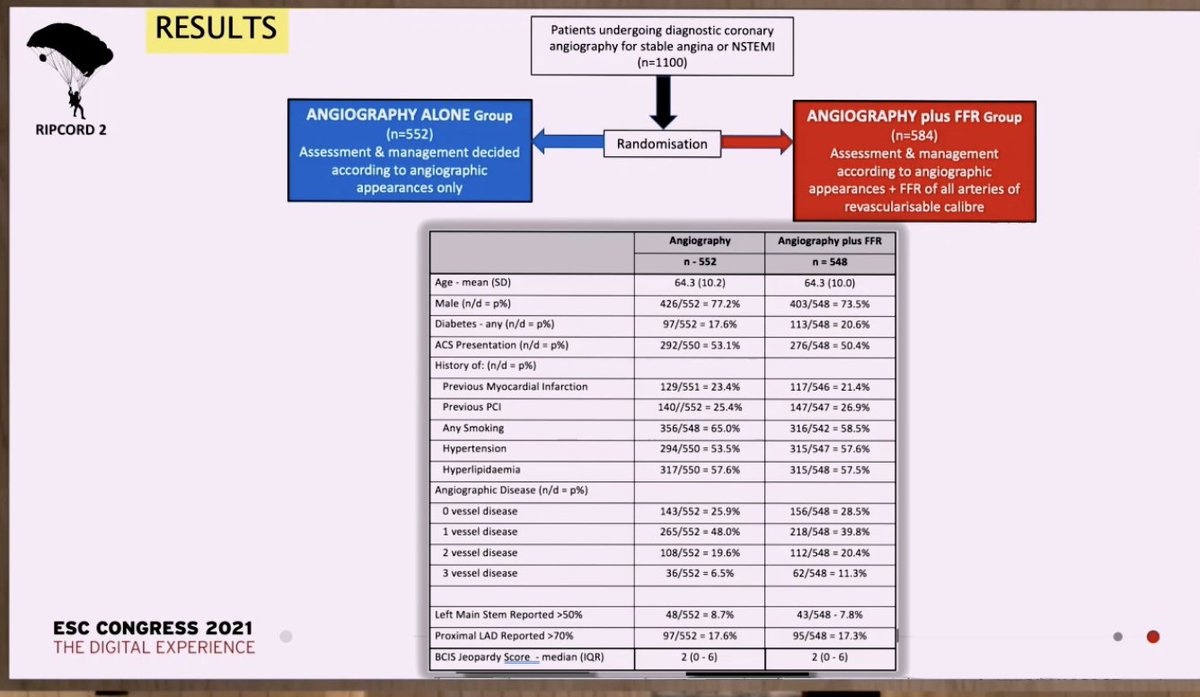
#ESCCongress #HOTLINE #CardioTwitter #CVPrev
#SSaSS Salt Substitute and Stroke Study @georgeinstitute
🫀Included w/ prior stroke or poorly controlled BP
🫀Interventional: Salt subs
🫀 65y 50%💃 73% hx stroke
🫀3.3 SPB⬇️
🫀⬇️ stroke&CV events
🫀Salt subs is effective to ⬇️ stroke



#SSaSS Salt Substitute and Stroke Study @georgeinstitute
🫀Included w/ prior stroke or poorly controlled BP
🫀Interventional: Salt subs
🫀 65y 50%💃 73% hx stroke
🫀3.3 SPB⬇️
🫀⬇️ stroke&CV events
🫀Salt subs is effective to ⬇️ stroke




#ESCCongress #HOTLINE #CardioTwitter #CVPrev
#SSaSS
🫀Study could impact CVD health of the world
@NEJM Read here: bit.ly/3yuVqxU
Fantastic study!!!!!!! @ASPCardio @CardioSmart



#SSaSS
🫀Study could impact CVD health of the world
@NEJM Read here: bit.ly/3yuVqxU
Fantastic study!!!!!!! @ASPCardio @CardioSmart



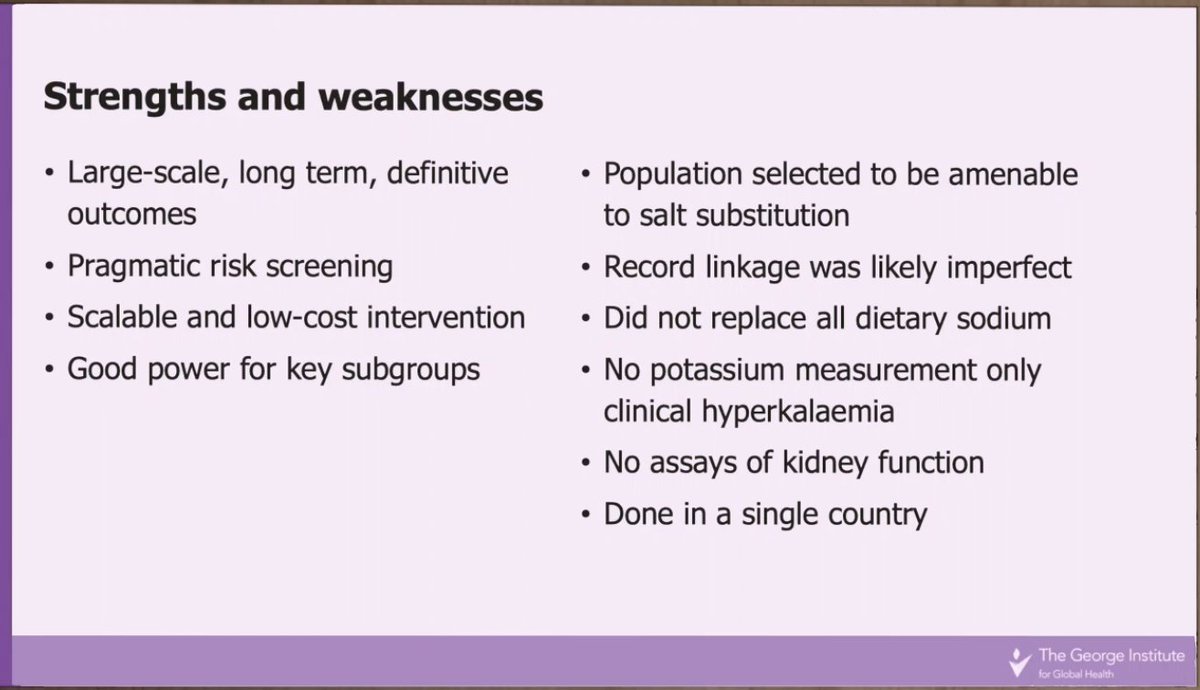
💥Very Important study
💥High risk group- mean age 65, 3/4 with stroke, high salt intake (but typical in the world for many)
💥5000 MACE: Power enormous
💥3mmHg SBP ⬇️
⬇️ in stroke & mortality HUGE! Simple intervention
#ESCCongress @Steph_Achenbach
#CVPrev #cardiotwitter



💥High risk group- mean age 65, 3/4 with stroke, high salt intake (but typical in the world for many)
💥5000 MACE: Power enormous
💥3mmHg SBP ⬇️
⬇️ in stroke & mortality HUGE! Simple intervention
#ESCCongress @Steph_Achenbach
#CVPrev #cardiotwitter




The debate stop here!
💥Global Public Health Interventions to Implement these findings needs to start now
#ESCCongress @escardio #CVPrev
💥Global Public Health Interventions to Implement these findings needs to start now
#ESCCongress @escardio #CVPrev

Summary slide from #ESCCongress on #SSaSS @escardio
💥most important study from ESC this year
🧂substitution is cheaper than any intervention we have
We need to broadly implement to save lives and ⤵️ CVD burden
@ACCinTouch @ASPCardio @BakrisGeorge @ChristosArgyrop @hswapnil
💥most important study from ESC this year
🧂substitution is cheaper than any intervention we have
We need to broadly implement to save lives and ⤵️ CVD burden
@ACCinTouch @ASPCardio @BakrisGeorge @ChristosArgyrop @hswapnil

• • •
Missing some Tweet in this thread? You can try to
force a refresh



